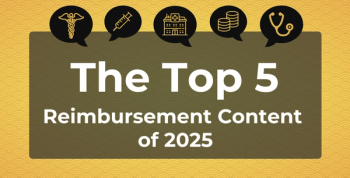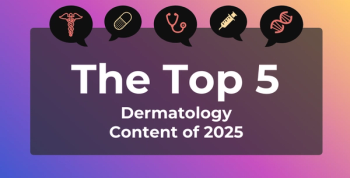
Lessons From a 25-Year Study of Type 1 Diabetes
From funding innovative research to advocating for government action to providing a support structure for our community, no other organization does more to fight type 1 diabetes (T1D) than JDRF.
Type 1
It’s important to conduct research at all stages of T1D to improve the lives of those with the disease and understand who is at risk until we find cures. This work includes understanding the development of T1D so we can create therapies that halt its progression before it advances into full-on insulin dependence.
But how do you study T1D before it occurs if you don’t know who is going to develop it? The answer: The
Finland has the highest rate of T1D in the world, with approximately 60 children per 100,000 developing the disease. (By contrast, Canada has nearly 30 children who get the disease each year, and Japan has nearly 0.) So, in 1994, the Type 1 Diabetes Prediction and Prevention (DIPP) study was launched. It is now in its 25th year.
DIPP was primarily designed to improve strategies for predicting T1D and to develop novel concepts for prevention of this disease. Specifically, DIPP was designed to identify and perform longitudinal follow-up of Finnish newborns found to carry moderate to high risk of T1D (if they have an HLA-DR-DQ genotype). Children with increased risk were invited to have examinations every 3 months for 2 years, and then every 12 months until the age of 15 or until T1D is diagnosed. At each study visit, clinical data were collected, along with blood samples for the measurement of T1D-associated autoantibodies—antibodies that are against your own body—and data related to environmental exposure. To date, over 240,000 people have been screened in Finland.
The scale of what the world has learned from the DIPP study cannot be overstated. Much of what we know about the development and onset of T1D was first discovered in the DIPP study and consequently confirmed in subsequent studies. This includes:
- Islet autoimmunity starts early in life
- Individuals with multiple islet autoantibodies progress to T1D
- A1C predicts time to diagnosis of T1D
- Coxsackie virus is associated with the induction of beta cell autoimmunity in some cases
Together, these discoveries represent several seminal advances that have indelibly influenced the direction of T1D research. But there is one other thing that was uncovered through DIPP that is making an impact on lives today.
The researchers learned that large scale screening and monitoring reduces the frequency of diabetic ketoacidosis (DKA) in children at diagnosis of T1D. DKA is a life-threatening condition that too often accompanies T1D diagnosis. In addition to being dangerous, DKA at diagnosis predicts poor long-term blood-sugar control. To put it simply: Screening helps people avoid DKA, which means they do better. This is because of DIPP.
The practices established through DIPP are being replicated around the world (Fr1da in Bavaria, ASK in the United States). As T1D prevalence continues to rise, it’s crucial to support studies like these. There is so much we don’t yet know, and so much of what we do know comes from DIPP, Fr1da and ASK.
JDRF supported DIPP throughout its 25-year term, and we recently awarded these researchers a grant to continue this pivotal work. DIPP will continue to serve as a paradigm for how to run impactful large-scale screening studies. Much has been discovered in the past 25 years of DIPP, and we look forward to unlocking more of the secrets of T1D until we find a way to prevent this disease from destroying beta cell function and curing it in those that have it.
Newsletter
Stay ahead of policy, cost, and value—subscribe to AJMC for expert insights at the intersection of clinical care and health economics.








